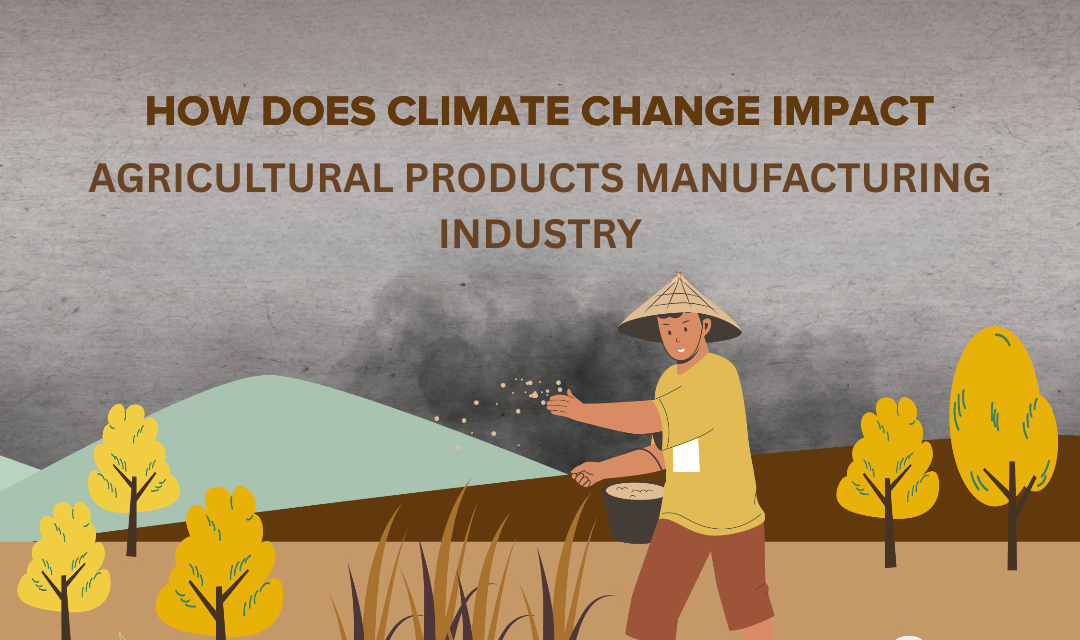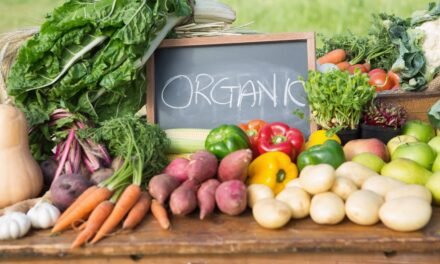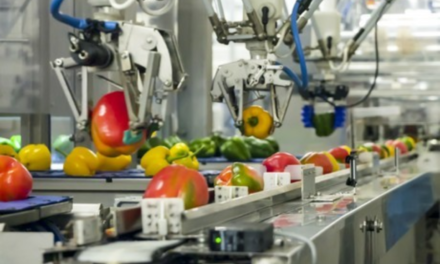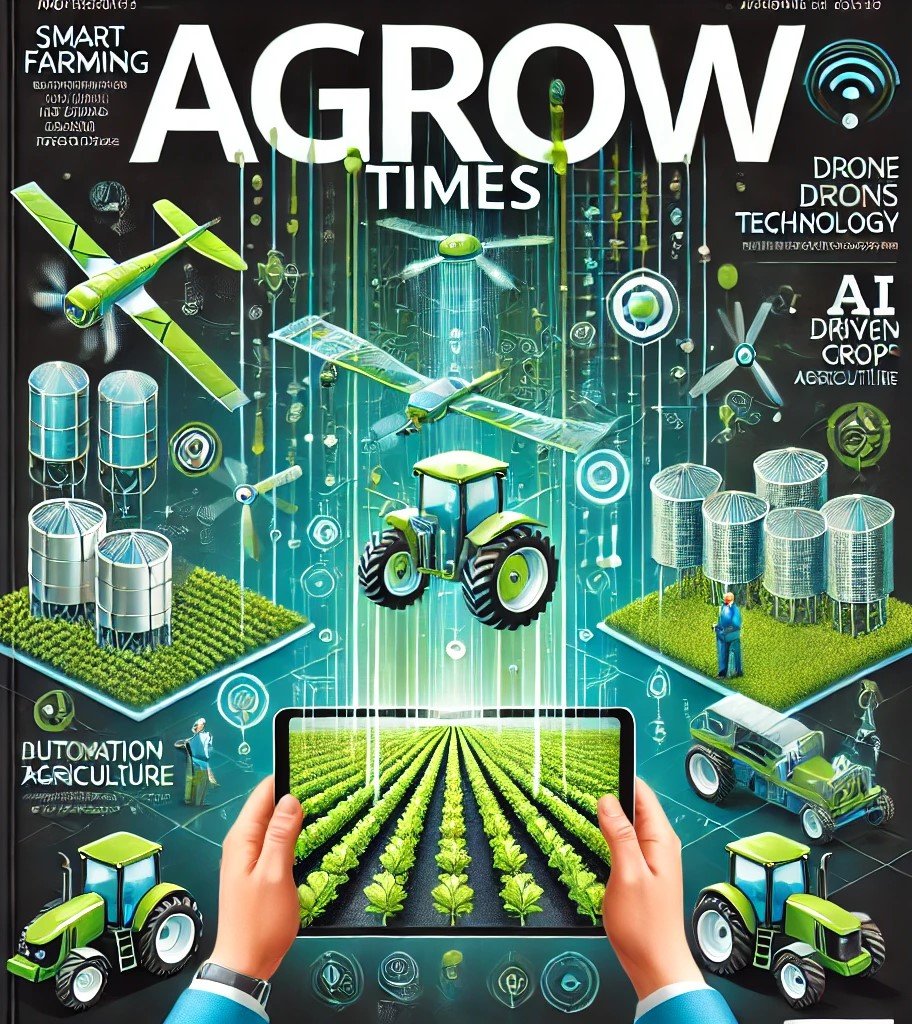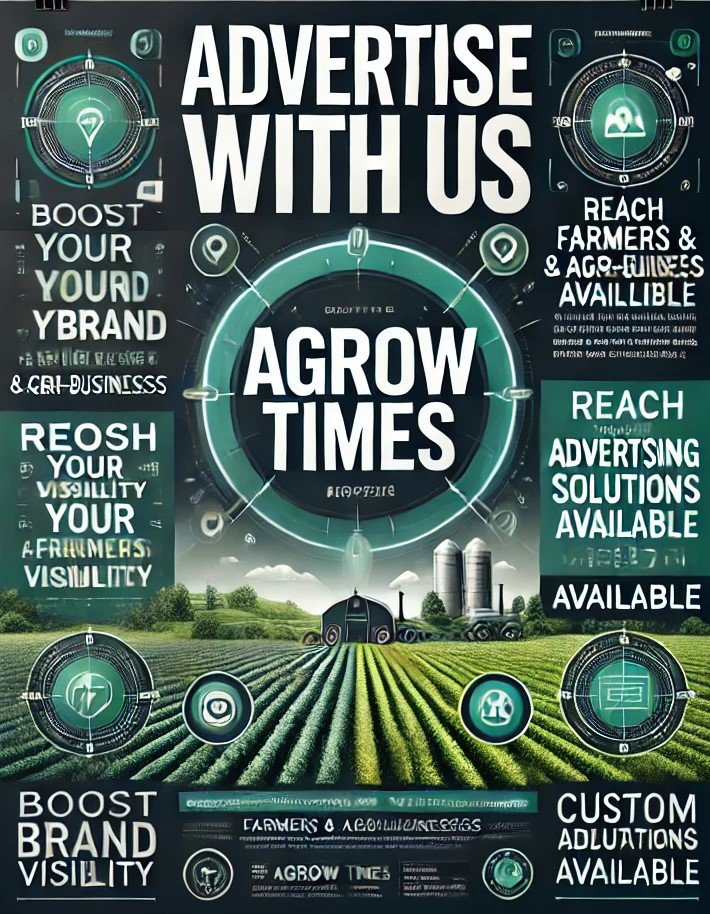Climate change is expected to have significant impacts on the agricultural products manufacturing industry, affecting the supply of raw materials, production processes, and the overall sustainability of food systems. Here’s how climate change can influence various aspects of the agricultural sector:
1. Changes in Crop Yields
- Erratic Weather Patterns: Climate change can lead to more unpredictable weather events, such as droughts, floods, heatwaves, and storms, which can negatively impact crop yields. This can result in shortages of key agricultural products like grains, fruits, and vegetables.
- Crop Failures: Extreme weather conditions, such as prolonged droughts or excessive rainfall, can damage crops, leading to reduced availability of raw materials for food processing. This can disrupt supply chains and increase the cost of production.
- Shift in Growing Regions: Some areas that are currently optimal for farming may become less suitable due to changing temperatures and water availability, while new regions may emerge as viable growing areas. This could lead to shifts in the geographic distribution of agricultural production.
2. Changes in Water Availability
- Water Stress: Many agricultural areas are already facing water scarcity, and climate change is likely to exacerbate this issue. Reduced water availability for irrigation could lead to lower crop productivity, impacting the raw materials available for food manufacturing.
- Water Quality Issues: Climate change can also affect the quality of water, with rising temperatures and increased rainfall leading to contamination from pollutants and runoff. This could have implications for agricultural water use and the safety of food products.
3. Pests and Diseases
- Increased Pest Activity: Warmer temperatures can expand the range of pests and diseases that affect crops and livestock. For example, certain insects, fungi, and bacteria thrive in warmer climates and could lead to greater crop damage and contamination of food products, affecting the manufacturing process.
- Disease Outbreaks: The spread of diseases, both plant and animal, could increase with climate change. This can affect the availability and safety of raw materials, leading to challenges in maintaining the supply of agricultural products.
4. Changes in Food Processing and Manufacturing Conditions
- Energy Demand: As climate change impacts the environment, there may be a need for increased energy consumption for climate control in food processing facilities, such as refrigeration and air conditioning. This could lead to higher operational costs for manufacturers.
- Supply Chain Disruptions: Extreme weather events like storms, floods, or droughts could disrupt transportation networks, leading to delays in raw material deliveries and impacting the timely production and distribution of food products.
- Increased Costs: Climate change could drive up the costs of raw materials due to lower crop yields or the need for more expensive inputs like water and fertilizers. This could result in higher food prices, affecting both consumers and manufacturers.
5. Adapting to Consumer Demand
- Shift in Food Preferences: As climate change impacts agricultural productivity and availability, consumers may shift toward more climate-resilient foods, such as plant-based alternatives or crops that are less affected by extreme weather. The agricultural products manufacturing industry will need to adapt to these changes in demand by diversifying product offerings and sourcing new ingredients.
- Sustainability Trends: Increasing awareness of the environmental impacts of food production may push manufacturers to adopt more sustainable practices. This could include reducing energy consumption, minimizing waste, or investing in more sustainable sourcing of ingredients to align with changing consumer preferences.
6. Regulatory Changes and Standards
- Climate Policies: Governments may implement stricter regulations on agriculture and food production to mitigate climate change, such as setting emissions reduction targets or promoting more sustainable farming practices. Manufacturers may need to adapt their operations to comply with new regulations or face penalties.
- Food Safety Standards: Climate change could lead to increased food safety risks, such as contamination from pests, diseases, or extreme weather events. Manufacturers may need to invest more in food safety protocols and adapt their processes to ensure the safety of the products they produce.
7. Economic Impact
- Supply Chain Volatility: Climate change can cause volatility in supply chains for raw materials, leading to fluctuations in prices and availability. This could create economic challenges for manufacturers as they deal with fluctuating input costs and unpredictable supply.
- Investment in Adaptation: To maintain long-term stability, agricultural product manufacturers may need to invest in adaptation strategies, such as developing more resilient crops, improving resource efficiency, and adopting sustainable production practices. These investments can help safeguard the industry against the impacts of climate change, but may increase operational costs in the short term.
8. Global Trade Impacts
- Export and Import Challenges: Climate change could affect global trade patterns by disrupting agricultural production in key regions. Countries that rely on exporting agricultural products may experience reduced output, affecting international trade and the availability of certain goods on global markets.
- Trade Barriers: As countries become more aware of the environmental impact of agriculture, some may impose tariffs or trade restrictions on food products based on their carbon footprint or sustainability practices. This could alter the dynamics of global food trade and affect manufacturers.

